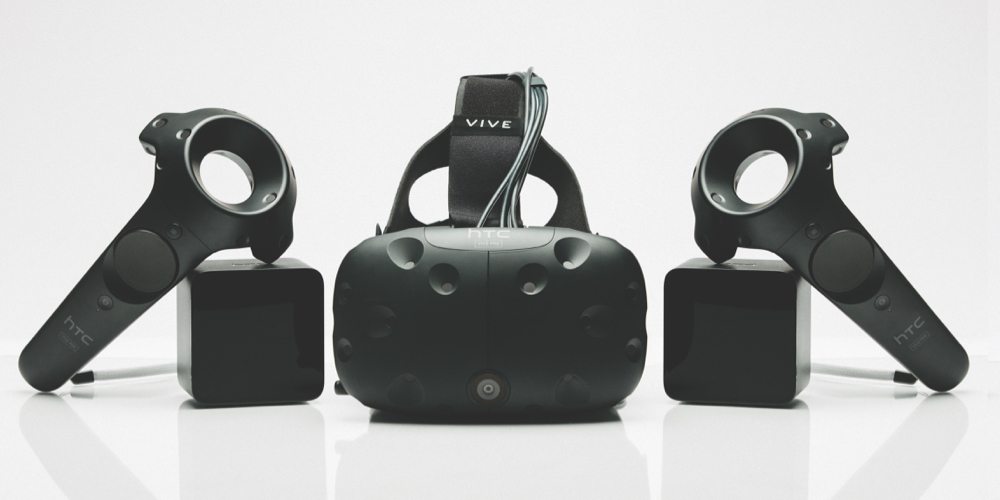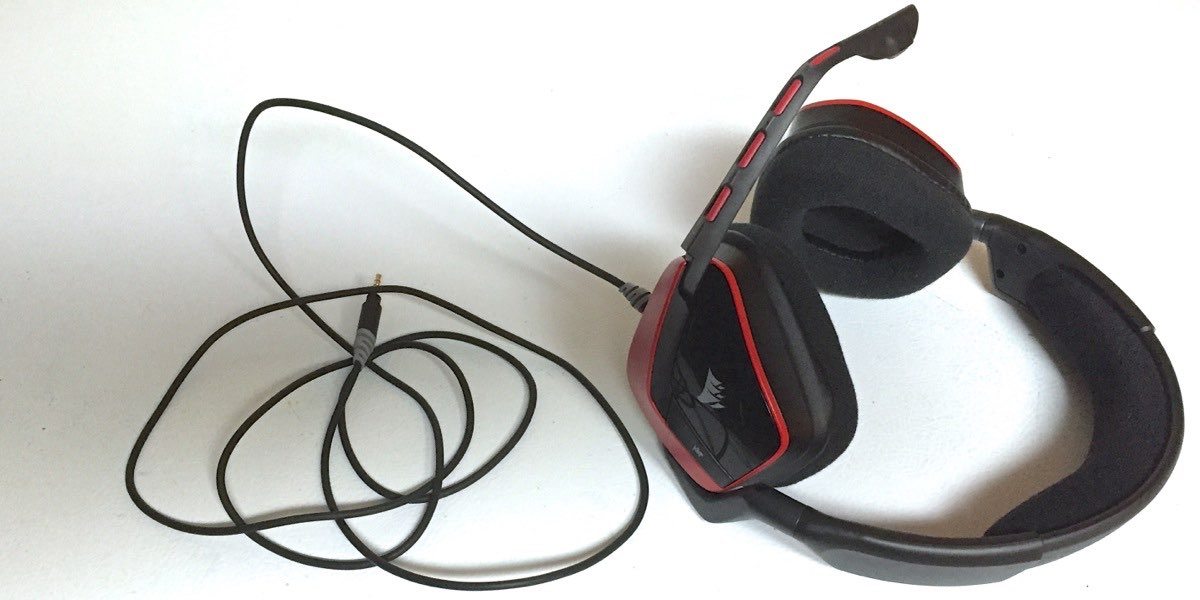I’m often asked about the best games for very young gamers. The issue, I’ve found, is not that there aren’t any great games for pre-school children but that much video-game coverage moves onto the next big thing and leaves these infant gamer gems behind.
One of my recent go-to games for youngsters has been Kinect Sesame Street TV. This combination of a TV show and a game is ideal for very young gamers who can participate and interact or decide just to watch. I’ve been working to get some inside access to the team at Soho Studios and last month spent a very happy morning with them talking about (and playing) Kinect Sesame Street TV.
It was eye-opening to work through the various features on offer in Kinect Sesame Street TV Season 2. Something I hadn’t realized was that the Top Clips element provides an archive of 40 years of the TV show with some 3,500 clips. More than that, they are sorted and group by type, character and theme. I’ve since spent more than a few happy after-school evenings with the kids browsing through their favorite characters — so much Elmo!
Talking to the team, I learned how they had wanted to improve upon Season 1 and add new features. For instance the Street Moves segment is now included to add more opportunity to play and interact with real people, something design lead Rob Stevens described as “a core part of Sesame and something we wanted to be sure we included that in Season 2.”
This is true again with the Grover Knover segment that takes a Evel Knievel themed throwing game to let kids do more throwing in Season 2. Stevens described seeing children reacted to the first season and obviously “just wanting to throw and throw. So here you get rewarded for that.”
It was also interesting to head from the people behind the different elements of the game. As we talked there was a real sense of fun and excitement. This was a team clearly enjoying their work, and appreciating what it meant to be able to work with such a cultural heavy-weight as Sesame Street.
Aimee Freeding, responsible for User Research, talked about refining the Kinect technology for their younger audience and the amount of in-the-home user testing this required. “Sesame Street primarily goes after the ages of 3-5yrs. We aimed at the 3-4yrs range, but what we discovered in the homes of families is that kids of all ages enjoyed it and it became a family experience.”
Of course, Sesame Street the TV show is programmed on multiple levels to involve both parents and children. Freeding talked about how the game also addressed this. “They call it scaffolding, when a parent sits with the child and actually helps them learn something. So we tried to create experiences that encouraged parents to get involved with their children. The hidden object experience is even more popular with adults than kids.”
Certainly, the segment of the show that hides objects to be spotted by players shouting “Picture” and pointing becomes more than a little addictive. There’s a race to see who can spot it first, and in fact this interaction becomes quite ingrained. My youngest was recently frustrated when a “non-Kinect” TV show wouldn’t register him shouting out when he spotted a fruit on the screen.
I asked Rob Stevens, Design Lead on Kinect Sesame Street TV, whether the technology or the game came first. He suggested it was simply a good fit for both. “I think it just made a lot of sense. Sesame as a show asks a lot of questions and implies a lot of interactivity of the kids. Kinect just allows that to be realized. You don’t have to press any buttons or calibrate them, you just tell them to speak, dance or jump and it works.”
Stevens went on to expand upon how Season 2 capitalizes on the benefits of the family playing together. “We’ve made sure that every single part of season 2 is multi-player in some way. There’s a lot more of the child on the screen so they are brought into the world. And segments like Elmo’s World we’ve got more multi-player interaction.”
Asked whether Kinect worked well with very small children Stevens and Freeding were robust in the technology’s ability to detect smaller bodies — something that other Kinect games can struggle with in my experience. Freeding described the journey they have had with the hands-free controller technology. “We spent some considerable time bringing children in. When Kinect first came out it was really adapted to you or me [adults] so we had to spend some time to make sure that smaller people were recognized.”
In terms of the look and feel of the game, Jez Fry was responsible for getting this right. As Associate Art Director he talked about understanding the Sesame Street style. “There was a lot of studying involved, to make sure our line quality was basically similar to theirs. For example we couldn’t do perfect straight lines or beautiful curves. We had to make sure that curves were slightly off and lines were bent and wiggle. And yet keep them appealing and fun. We couldn’t have ugly scribbles.”
I asked him if it was really worth all that effort. “It definitely is because kids respond to visual stuff, they are looking for appeal on the screen, to relate to what they see on the screen. If what they see doesn’t look like Elmo or if it doesn’t look like a nice friendly ‘fish’ they are not going to react to it. I think it’s of paramount importance to make appealing art work.”
Carla Prada, Senior Animator, then introduced how the game moved. “Cooper is actually motion captured by a puppeteer from Sesame Street who provides the associated characteristics of movement you expect from a puppet. In Season 2 we’ve got him interacting in a lot more props.”
Going back to programming at two levels it was interesting to hear Tim Ackroyd, Senior Video Editor, talk about the edit on the Grover Knover segment. “The edit of that was based on things like Evel Knievel. We spent a lot of time to include camera blur to give it a real action sports feel.”
I came away from my time at Soho Studios with not only a better understanding about what goes in to games like Kinect Sesame Street TV, but also the people behind it.
With many at the studio having young children it was obvious that the enjoyment stretched beyond a nine-to-five job. For instance, hearing Stevens talking about how his young son enjoyed the Letter Tree segment made it obvious that he was more than happy to take his work home with him.
There’s no news currently of a Season 3, but I’ll certainly be keeping an eye out for this or other Kinect TV titles (like Kinect Nat Geo TV).
If you like the sound of all this, there’s currently a free trial. Until 11th March you can download the Kinect Sesame Street TV app on Xbox LIVE and access three experiences (The Count, Cookie Monster and Elmo) for free. Just log onto Xbox LIVE, visit the Apps Marketplace, scroll to Video Apps and click on Kinect Sesame Street TV.





